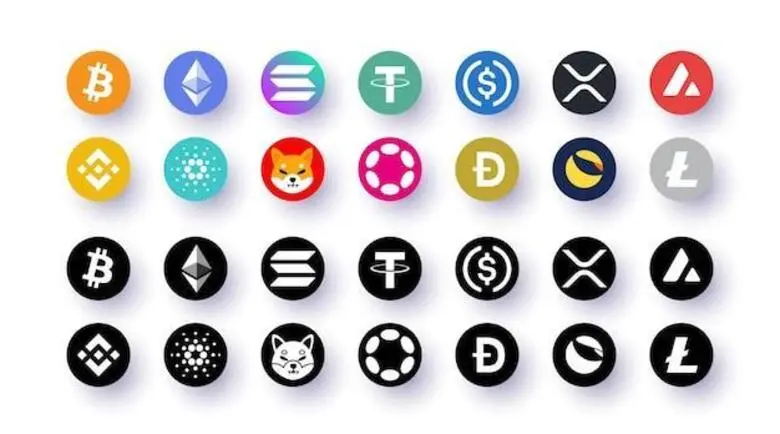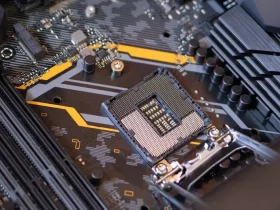Ethereum has maintained its position as the second-largest digital currency over the last few years and has become the main platform developers use when they want to create decentralized finance, decentralized apps, or non-fungible tokens. Everyone enthusiastic about the crypto sector or knowledgeable about where to buy Bitcoin and similar crypto inventions knows that Ethereum has experienced some changes lately to switch to a new consensus and improve its scalability issues. All these changes have come with a series of challenges for the blockchain, which paved the way for other altcoins to capture the public’s attention and become Ethereum killers. All of Ethereum’s competitors promote the idea that they address the pain points associated with Ethereum and can provide users with improved experiences.
The currencies chasing Ethereum are not few, and an investor interested in portfolio diversification must catch up with them.

Table of Contents
What are Ethereum killers?
In the crypto sector, the term Ethereum killer is used to define an asset that can mitigate the flaws of the second-largest cryptocurrency. Therefore, the digital currencies that will also manage to solve the issues could take over in the long term. At the moment, the list of Ethereum killers is short. Before naming them, it’s essential to evaluate the features that allow them to enter this category.
Ethereum killers offer improved scalability because scalability has always been a major challenge for the blockchain. Its developers were aware that Proof-of-Work would become outdated and irrelevant for the blockchain, and they had to improve the ecosystem to handle more transactions per second. Ethereum’s slow transaction speed and high fees have provided the other altcoins with the ideal opportunity to gain ground.
Ethereum also dealt with sustainability issues because the Proof-of-Work mechanism consumed great amounts of energy. The blockchain now relies on the Proof-of-Stake consensus, but its interoperability challenges have prevented some users from interacting with the blockchain.
The several challenges associated with Ethereum’s performance are the reason why numerous competitors have been getting more market share.
The main Ethereum killers
Cardano
Cardano was launched in 2017, and it has grown into an enthusiastic community because it has several characteristics that solve Ethereum’s issues. It has become one of the most hyped Ethereum killers because it supports the creation of decentralized apps and smart contracts. The blockchain was upgraded in 2021 and has become an ecosystem that encourages the creation of non-fungible tokens and decentralized projects.
Charles Hoskinson, Ethereum’s co-founder, put the basis of Cardano and developed it as a network that promotes peer-reviewed research. At present, the cryptocurrency is listed among the best-performing 10 cryptocurrencies by market capitalization. Crypto experts consider Cardano a worthy Ethereum killer because it has a fixed coin supply and functions on a deflationary principle. Cardano differs from Ethereum because it offers superior security and stability through its multi-layer blockchain. Additionally, it’s faster than Ethereum, as it supports 257 transactions per second.
Avalanche
Avalanche is one of the most complex killers of Ethereum because it has triple power. The blockchain integrates three chains, the X, P, and C chain, which are more than capable of offering superior features. When combined, they enable Avalanche to handle proof-of-stake validation, power smart contracts, and enable token creation. Avalanche fulfills the same if not more functions than Ethereum. It differs because it’s more affordable and faster. The network was created to offer developers a user-friendly platform with flexible characteristics that allow them to build blockchain applications.
Avalanche was created by Emin Gün Sirer, a Turkish-American computer scientist, professor at Cornell University, and founder of Ava Labs who wanted to develop a fast blockchain. It processes 5000 transactions per second, making it one of the fastest networks in the sector.
Polkadot
Gavin Wood, one of Ethereum’s co-founders, brought Polkadot to life, aiming to fix the issues Ethereum is facing. It differs from the largest altcoin by market cap because it allows smart contracts to run independently in the network. They run on parachains, without any connection to the main chain.
Crypto experts compare Polkadot to a superhighway that facilitates different blockchains to work together. It’s one of the most flexible and fastest networks in the sector and occupies a unique niche.
Solana
Crypto enthusiasts know why Solana is named an Ethereum killer; it’s one of the fastest networks ever developed, and its main purpose has always been to speed up the blockchain. Solana relies on a Proof-of-History and Proof-of-Stake algorithm to create nodes that require no negotiations in the network. The crypto community also sees the Proof-of-History consensus as a cryptographic clock that marks the moment when transactions are completed with a hash.
Solana completes 60.000 transactions per second, while Ethereum less than 30. However, the network isn’t as reliable as Ethereum because it’s subjected to increased instability and, in June 2022, stopped working for several hours. After these events, the blockchain worked hard to improve its features and prepared a big upgrade for 2023.
Terra
The Cosmos-based infrastructure and the Tendermint protocol behind Terra are the real Ethereum killers. Terra has become a poster child for Cosmos, which lacks an official token. Cosmos protocols rely on inter-blockchain communication, a characteristic Ethereum lacks. ATOM was a popular token with the Cosmos network, but since 2021, Terra has become the largest coin in the blockchain by market capitalization.
Terra was developed as a stablecoin; however, it didn’t reach great heights because the largest stablecoin is UST, which is connected to the US dollar.
BNB Smart Chain
BNB Smart Chain is backed by the world’s most popular and largest digital currency exchange; hence it is no surprise that it has become a serious contender in the sector. It aims to offer more affordable and faster transactions than Ethereum. One of its most captivating features is its increased compatibility with Ethereum’s Virtual Machine. It also relies on a Proof of Staked Authority algorithm, which differs from Ethereum’s PoS.
Even if the mentioned Ethereum killers are well-known in the sector, they are emerging projects that still have to deal with several challenges to become real rivals for Ethereum.











Leave a Reply